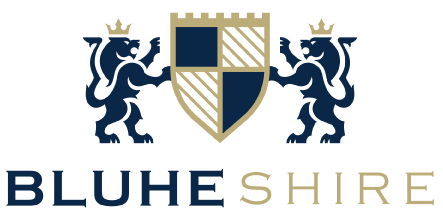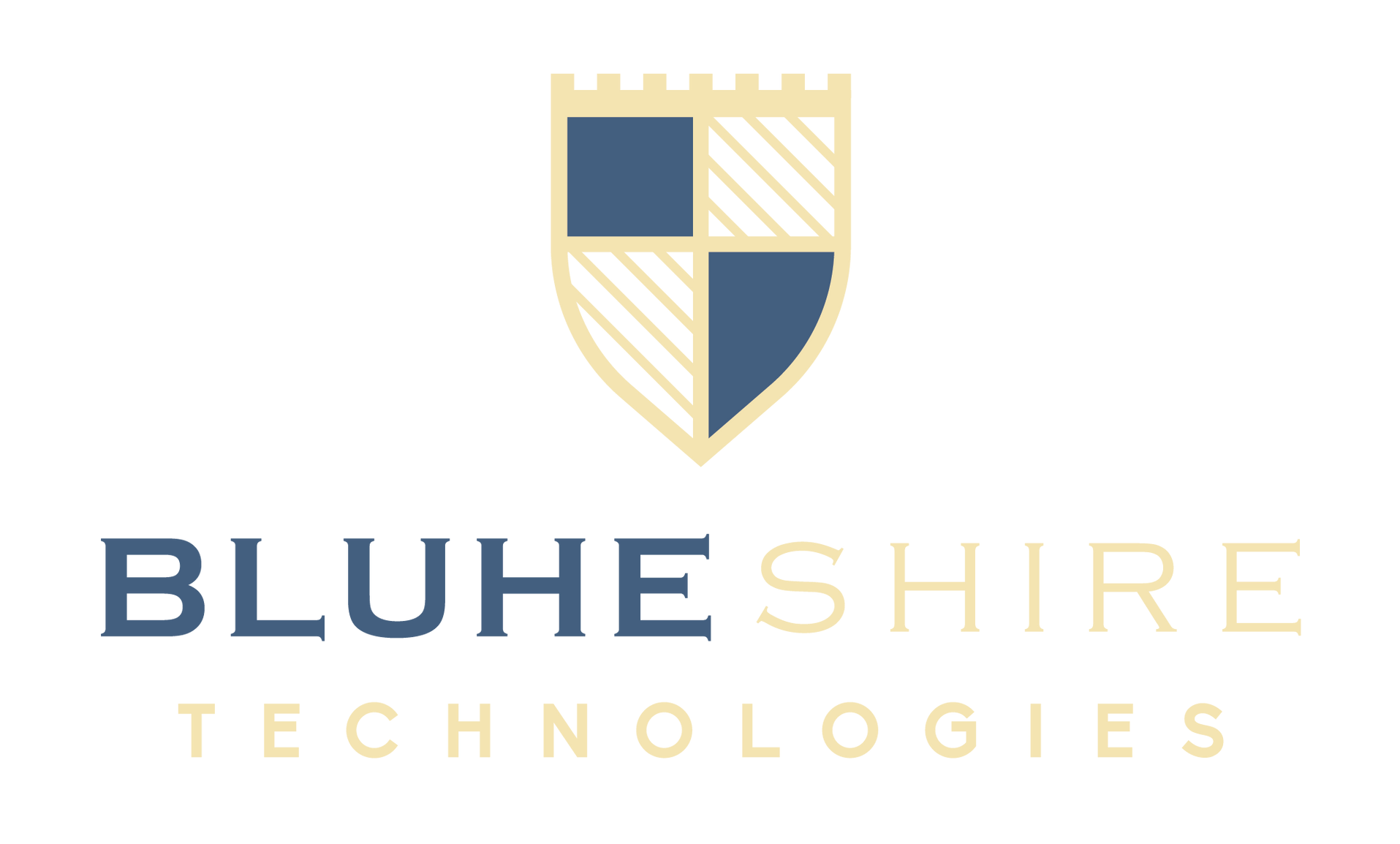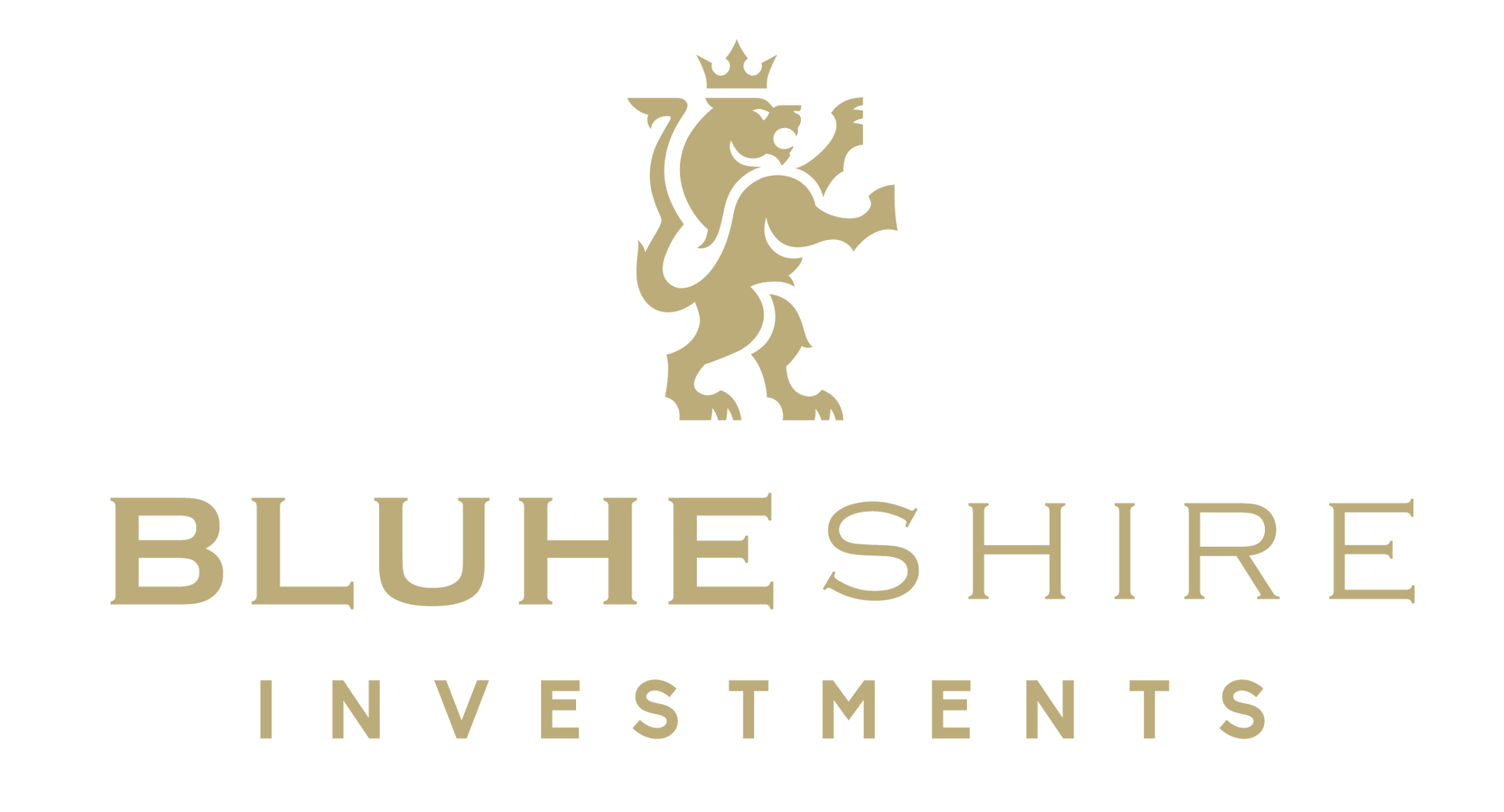Monetizing Historical Assets with Safe Keeping Receipts
Case: Monetizing Historical Assets with Safe Keeping Receipts
Bluhe Shire, A Success Story of Monetizing Historical Assets
The world of finance and investment is constantly evolving, and one of the most fascinating aspects of this evolution is the ability to turn seemingly stagnant assets into profitable investments. For a private trust located in London, this is exactly what they set out to do. With a collection of rare coins, paintings, and stock certificates stored in a safety deposit box at a depository in New York, the family trust believed it was wasteful for these assets to simply sit and age. They decided to monetize their safekeeping receipts (SKRs) and turn their historical assets into a source of income.
The journey of Bluhe Shire, the family trust, was not without its challenges. However, they were determined to find a solution that would allow them to generate profit from their historical assets while still ensuring the safety of their investments. In this case study, we will explore how Bluhe Shire was able to turn their historical assets into a profitable investment and the role that a financial institution in New York played in their success.
Identifying Historical Assets for Monetization
The first step in Bluhe Shire's monetization process was to identify the historical assets that they wanted to monetize. After carefully reviewing their collection of rare coins, paintings, and stock certificates, they selected a few of their most valuable assets and contacted the depository in New York.
Safekeeping Receipts (SKRs) as Proof of Ownership
Bluhe Shire then found a financial institution in New York that was willing to hold their assets in safekeeping. The institution agreed to hold the assets and issued the family trust a safekeeping receipt (SKR) as proof of ownership. The SKR served as evidence of the assets being stored in safekeeping and provided Bluhe Shire with the peace of mind that their investments were secure.
Lending the Assets for Profit
With their SKRs in hand, Bluhe Shire then set out to locate a party that was interested in borrowing their assets. They found a securities lending program that was willing to lend money in exchange for the assets. Bluhe Shire carefully negotiated the terms of the loan, including the fee that they would receive in exchange for lending the assets. They considered the risks and rewards of the transaction before agreeing to any terms.
Monitoring the Loan and Protecting their Interests
Once the loan agreement was in place, Bluhe Shire transferred the assets to the borrower. They monitored the loan and the value of the assets over time, taking action if necessary to protect their interests. When the loan period was over, Bluhe Shire retrieved the assets from the borrower and returned them to the financial institution in New York. The financial institution issued a new SKR to confirm that the assets had been returned to their custody.
Generating Income and Funding Other Investments
Finally, Bluhe Shire used the fee that they received from the loan to generate income or fund other investments, as desired. They were able to monetize their historical assets, generate profit, and help ensure that the value of their assets would not simply sit and age.
Conclusion
Bluhe Shire's journey to monetizing their historical assets serves as a prime example of how traditional investments can be transformed into profitable investments with the right strategies and support. The use of safekeeping receipts (SKRs) as proof of ownership and a financial institution that was willing to hold the assets in safekeeping was a critical component of their success. Bluhe Shire's story serves as inspiration to others looking to turn their historical assets into a source of income while still ensuring the safety of their investments.


